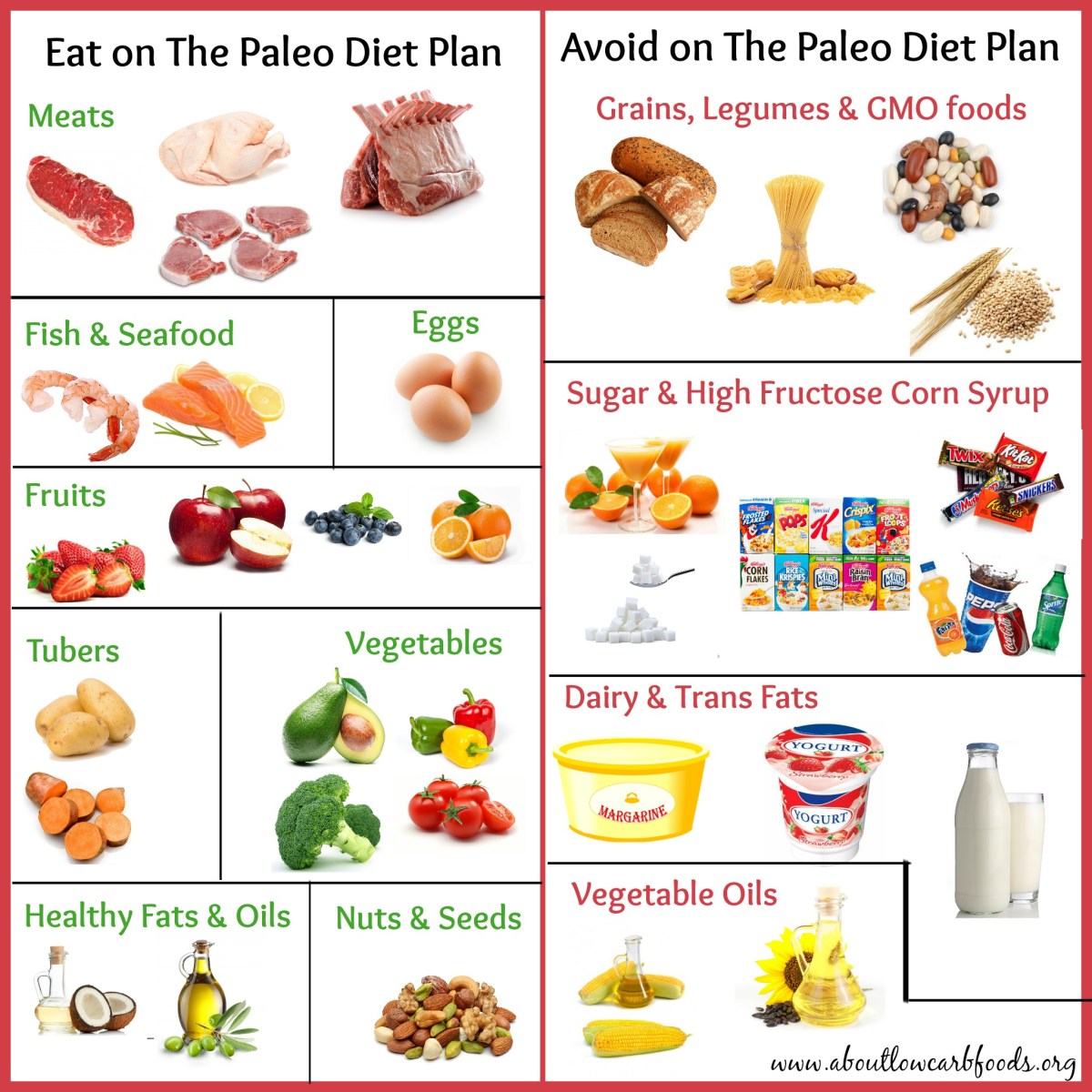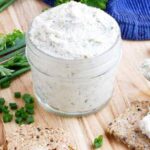Embark on a culinary journey towards a healthier, slimmer you with our comprehensive guide to Low-Carb Paleo Meals for Weight Loss. Imagine vibrant plates bursting with flavor, packed with nutrient-rich ingredients that fuel your body and melt away unwanted pounds. This isn’t about restrictive diets; it’s about embracing a lifestyle change that nourishes your mind and body, leaving you feeling energized and satisfied.
We’ll explore a diverse range of delicious and easy-to-prepare recipes, from hearty breakfasts that jumpstart your metabolism to satisfying lunches and dinners that keep you full and focused throughout the day. Discover the secrets to crafting low-carb paleo snacks that curb cravings and prevent those mid-afternoon energy slumps. Prepare to be inspired by mouthwatering meal ideas and practical, step-by-step instructions that make healthy eating a breeze.
Snack Ideas
Maintaining a low-carb, paleo diet for weight loss requires careful snack selection. Choosing the right snacks can prevent hunger pangs, stabilize blood sugar, and keep you feeling full and energized throughout the day, ultimately supporting your weight loss goals. The following options provide a balance of healthy fats, protein, and fiber, crucial elements for satiety and overall well-being.
Five Satisfying Low-Carb Paleo Snacks
These five snacks offer a variety of flavors and textures, ensuring that sticking to your diet doesn’t mean sacrificing enjoyment. Each snack is designed to be both nutritious and satisfying, helping you manage your hunger and stay on track with your weight loss journey.
- Hard-boiled eggs: A single hard-boiled egg provides approximately 78 calories, 6 grams of protein, and 5 grams of healthy fats. The protein and fat content contribute significantly to satiety, keeping you feeling full for longer periods. Imagine a perfectly cooked egg, its white firm and snow-white, the yolk a rich, golden orb, glistening slightly. The shell has been carefully cracked and peeled away, revealing a smooth, pristine surface ready to be eaten.
- Celery sticks with almond butter: This snack combines the crispness of celery with the creamy richness of almond butter. A medium-sized celery stalk contains roughly 10 calories and provides fiber, while two tablespoons of almond butter offer about 190 calories, 7 grams of protein, and 14 grams of healthy fats. The crunchy celery contrasts beautifully with the smooth, nutty almond butter, creating a satisfying textural experience. Picture vibrant green celery sticks, their texture firm and slightly stringy, generously coated with a thick, creamy layer of light-brown almond butter.
- Avocado slices with sea salt: A half of an avocado contains approximately 160 calories, 2 grams of protein, and 15 grams of healthy fats. The monounsaturated fats in avocados are known to promote satiety and contribute to overall heart health. Visualize thick slices of a ripe avocado, its flesh a vibrant, deep green, speckled with creamy yellow. A light dusting of sea salt enhances the natural flavor, creating a simple yet elegant snack.
- Macadamia nuts: A small handful (about 10-12) of macadamia nuts provides roughly 200 calories, 2 grams of protein, and 21 grams of healthy fats. Macadamia nuts are rich in monounsaturated fats and offer a satisfying crunch. Imagine a collection of smooth, glossy macadamia nuts, their shells a light brown, their kernels a creamy off-white, with a hint of their natural oil glistening on their surfaces.
- Handful of olives: A small handful (about 10-15) of olives provides roughly 100 calories, 2 grams of protein, and 10 grams of healthy fats. Olives offer a salty, savory flavor and are a good source of antioxidants. Picture a medley of olives – plump, glistening green olives alongside darker, almost purplish black olives – their surfaces smooth and slightly oily, their briny aroma inviting.
Recipe & Step-by-Step Guide

This recipe delivers a vibrant and flavorful low-carb paleo chicken stir-fry, perfect for a quick and healthy weeknight meal. The combination of tender chicken, crisp vegetables, and a zesty sauce creates a satisfying dish that’s both delicious and supportive of your weight loss goals. This guide provides a detailed breakdown of the ingredients and a step-by-step cooking process, ensuring a successful and enjoyable culinary experience.
Ingredients
This recipe utilizes fresh, high-quality ingredients to maximize flavor and nutritional value. Precise measurements are provided to ensure consistency and allow for easy scaling to accommodate different serving sizes.
- 1 lb boneless, skinless chicken breasts, cut into bite-sized pieces
- 1 tbsp coconut aminos (or tamari for non-paleo)
- 1 tbsp olive oil
- 1 red bell pepper, thinly sliced
- 1 green bell pepper, thinly sliced
- 1 medium onion, thinly sliced
- 1 cup broccoli florets
- 1 cup sliced mushrooms
- 2 cloves garlic, minced
- 1 inch ginger, grated
- 2 tbsp coconut aminos (or tamari)
- 1 tbsp lime juice
- 1 tsp sesame oil
- 1/2 tsp red pepper flakes (optional)
- Salt and pepper to taste
Preparation and Cooking Process
This section details the step-by-step process of preparing and cooking the chicken stir-fry, ensuring a perfectly cooked and flavorful dish. Visual cues are included to guide the cooking process, ensuring a satisfying result.
- Marinate the chicken: In a medium bowl, combine the chicken with 1 tablespoon of coconut aminos and a pinch of salt and pepper. Let it marinate for at least 15 minutes, allowing the flavors to penetrate the chicken, resulting in a more tender and flavorful final product.
- Stir-fry the chicken: Heat the olive oil in a large wok or skillet over medium-high heat. Add the marinated chicken and stir-fry until cooked through and lightly browned, approximately 5-7 minutes. The chicken should be opaque throughout and have a slightly crispy exterior. Remove the chicken from the wok and set aside.
- Sauté the vegetables: Add the onion, bell peppers, and mushrooms to the wok and stir-fry for 3-4 minutes, until slightly softened but still crisp. The vegetables should retain their vibrant color and a slight crunch. Add the broccoli and continue to stir-fry for another 2 minutes.
- Add aromatics and sauce: Add the minced garlic and grated ginger to the wok and stir-fry for 30 seconds, until fragrant. The aroma will fill your kitchen with a delightful blend of garlic and ginger. Stir in the remaining coconut aminos, lime juice, sesame oil, and red pepper flakes (if using). Bring the sauce to a simmer.
- Combine and serve: Return the cooked chicken to the wok and toss to coat it evenly with the sauce. Heat through for another minute. The final dish should have a balanced blend of flavors, with the sauce coating each ingredient evenly. Serve immediately over cauliflower rice or zucchini noodles for a complete and satisfying low-carb meal.
Tips and Variations
This section provides suggestions for customizing the recipe based on individual preferences and dietary needs. These variations ensure the recipe remains adaptable and enjoyable for a wide range of tastes and dietary restrictions.
The vegetables can be easily swapped out based on preference and availability. For example, you could substitute bok choy, carrots, or snap peas for the broccoli or bell peppers. Adding a protein boost is easy; shrimp or beef can be substituted for the chicken. For a spicier dish, increase the amount of red pepper flakes or add a dash of your favorite hot sauce. A squeeze of fresh lemon juice can also add a brightness to the flavor profile. Finally, for those with nut allergies, tahini can be used as a substitute for sesame oil.
Unlocking the power of low-carb paleo eating for weight loss is simpler than you think. By embracing whole, unprocessed foods and focusing on nutrient density, you can transform your relationship with food and achieve sustainable weight management. This guide provides not just recipes, but a pathway to a healthier, happier you – a journey fueled by delicious, satisfying meals that nourish your body and soul. Remember, consistency is key, so choose recipes you enjoy and make this a lifestyle change, not a temporary fix. Your healthier, happier self awaits!
Common Queries
What are the potential downsides of a low-carb paleo diet?
Potential downsides include nutrient deficiencies if not planned carefully, initial fatigue (often temporary), and the possibility of constipation if fiber intake isn’t sufficient. Careful planning and incorporating a variety of foods can mitigate these.
Can I still exercise while following a low-carb paleo diet?
Absolutely! A low-carb paleo diet can actually enhance athletic performance for some individuals by improving insulin sensitivity and providing sustained energy. However, listen to your body and adjust your workout intensity as needed.
How long does it typically take to see weight loss results on a low-carb paleo diet?
Weight loss results vary greatly depending on individual factors like metabolism, activity level, and starting weight. Some people see results within a few weeks, while others may take longer. Consistency and patience are key.
Is a low-carb paleo diet suitable for everyone?
While generally healthy for many, a low-carb paleo diet may not be suitable for everyone. Individuals with certain medical conditions should consult their doctor before making significant dietary changes.


